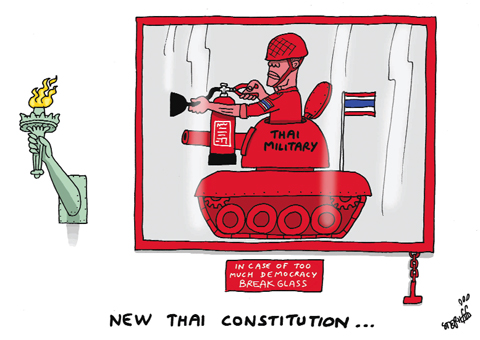War and Peace”, a novel by Russian author Leo Tolstoy, was published between 1865 and 1869 in the Russian correspondent magazine “Russkiy Vestnik”. The novel recounts the story of Russian society during Napoleon Bonaparte’s invasion of Russia in 1812. Initially, it focused on a limited Russian plot but evolved into a work of world literature, depicting events among characters representing human diversity, particularly during periods of class struggle, war, defense of the land, adherence to honor and psychological conflicts that reveal both the worst and best in individuals, irrespective of their education or origin.
This global dimension arose from Tolstoy’s personal experiences during the war and his firsthand exposure to human suffering. The narrative revolves around three main characters. As Napoleon’s army invades Russia, Tolstoy adeptly traces the lives of characters from diverse social backgrounds — peasants, nobles, civilians and soldiers — and depicts how events shape their personalities, deeply rooted in culture and history. As the story unfolds, these characters transcend their personal struggles to become iconic figures in world literature.
Times of instability and conflict unveil the essence of individuals. Many live and die without realizing their true abilities or selves. The novel reveals how few grasp the depths of their capabilities for good or evil, as characters’ interactions lead them from tranquility to violence and strife. Human life during peacetime differs markedly from its wartime counterpart. People’s personas during peace starkly contrast with those during conflict.
World literature underscores humanity’s unity, highlighting that individuals are paramount regardless of time or place. Educated elites, intellectuals and authors champion literature that human complexity, as it resonates universally, transcending culture, language, color or nationality. Such monumental novels affirm human unity, offering a solution to eradicate racism and demonstrating the unity of the human mind, all stemming from a common origin.











